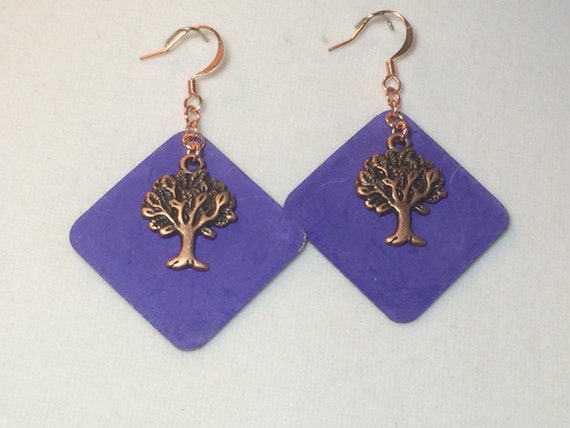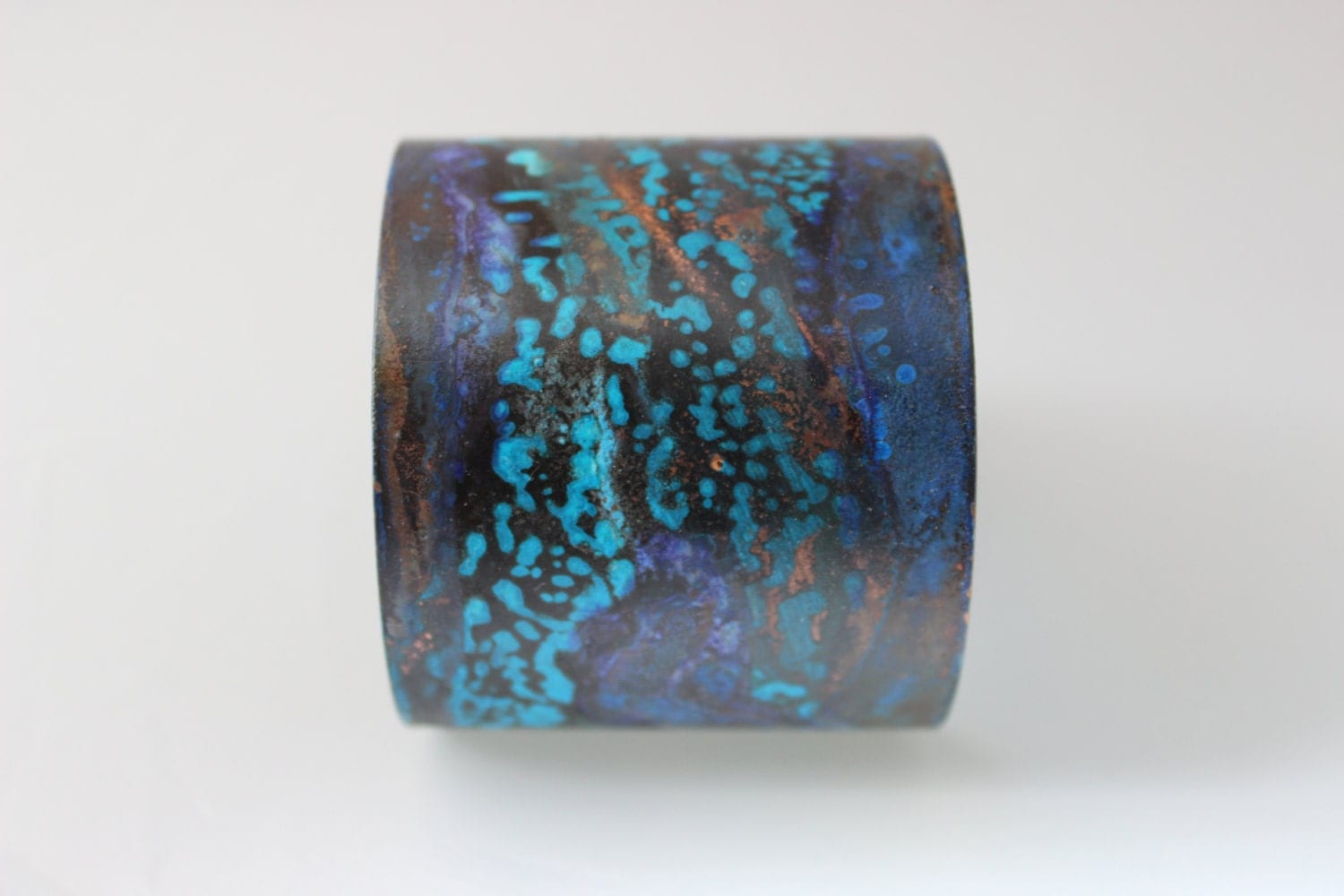
Copper dioxide makes contact with a new batch of oxygen and reacts to form another layer of material called copper oxide. At this stage, patina is just in its tarnish form, nothing too vivid has taken place yet. Natural patina formation is triggered by the oxygen present in the air or moisture, although other elements may have the same if not greater effect on copper.Īs oxygen molecules land on the surface of copper, a reaction is triggered, causing the formation of copper dioxide. The process is quite easy to understand, too. They only differ in the rate of color transformation. Stages of Bronze PatinationĪll metals that contain copper undergoes the same patination. It all starts with tarnishing, which doesn’t cause bronze to change color yet but it takes away its luster. It takes years for copper to become fully cloaked with a green patina. This green film, called patina, is the result of copper molecules reacting to the elements in the air or liquid they are exposed to. Bronze belongs to the second group, thanks to its copper component.Ĭopper is well-known for its natural ability to turn green over time. Some metals corrode when exposed to certain substances for a significant period, while others form a protective layer that prevents further deterioration. While metals are among the toughest materials on the planet, they do have a weakness. Other metals, such as aluminum, manganese, nickel, and zinc, and non-metals or metalloids, such as arsenic, phosphorus, and silicon can also be added to improve bronze’s properties so as to make high-quality brass bars, tubes, and plates. This proportion can be adjusted to produce different types of bronze, each with distinct qualities that fit specific applications.

In fact, even today, bronze production is a thriving industry.īronze is an alloy commonly made of about 88% copper and 12% tin. Even when the Iron Age finally set in, bronze remained an essential metal for a vast array of industry-specific and day-to-day applications.


This is the period where bronze production and use first became widespread across the globe. We’ve all been taught about Bronze Age being one of the most popular and longest periods in human history.


 0 kommentar(er)
0 kommentar(er)
